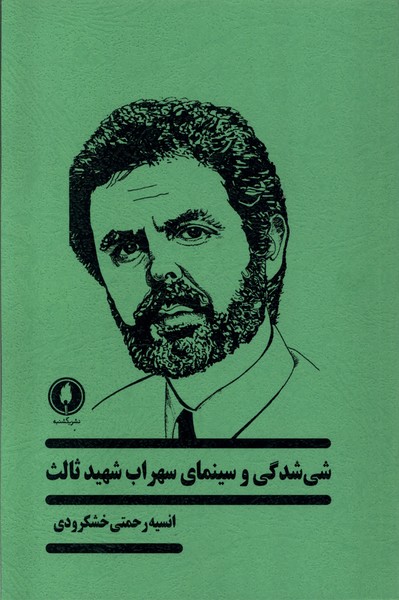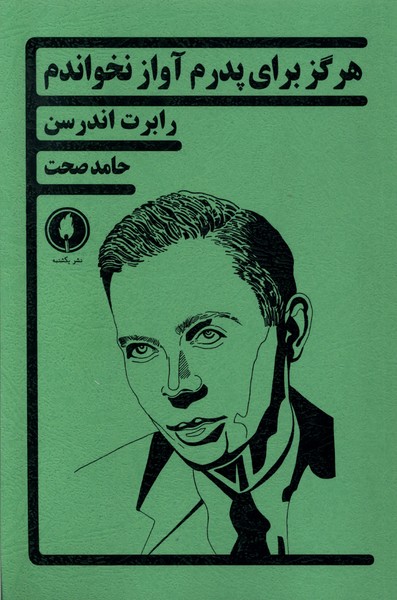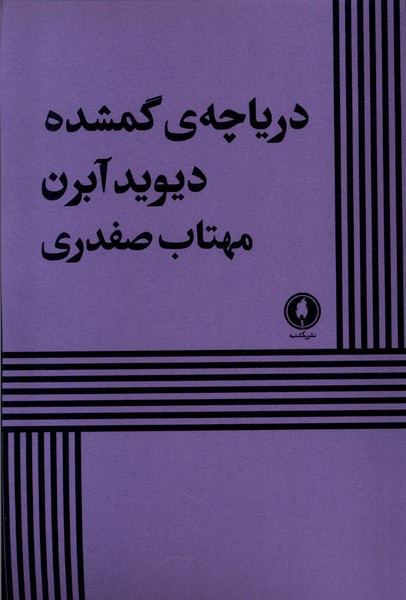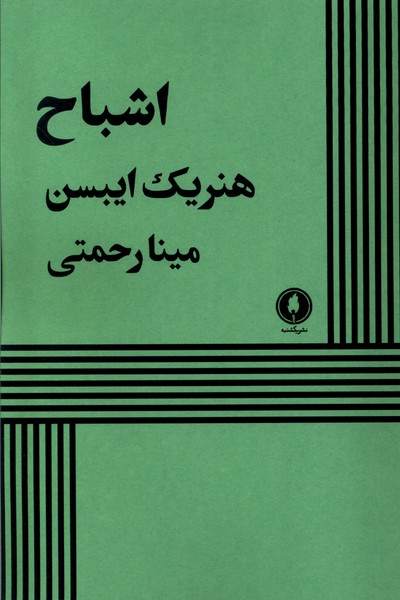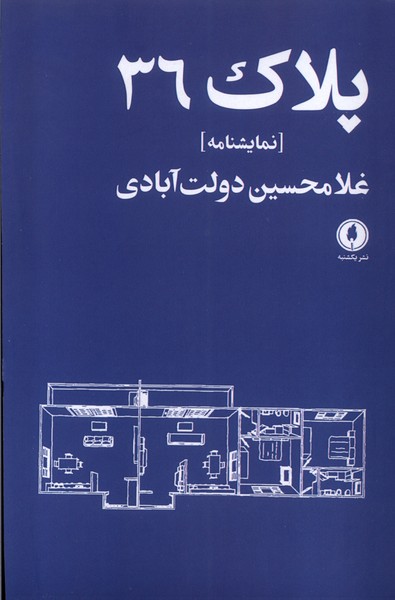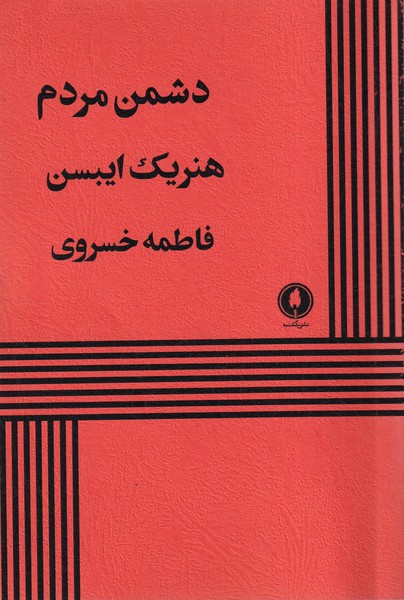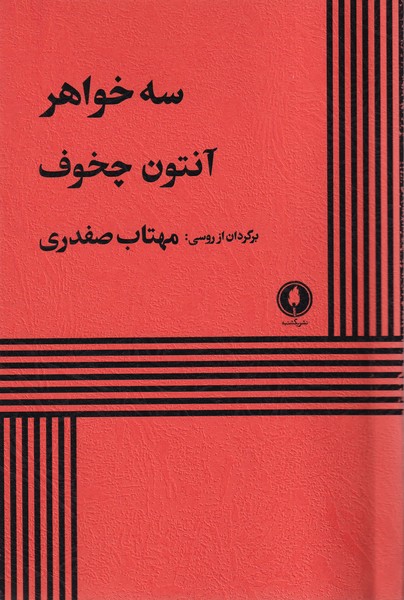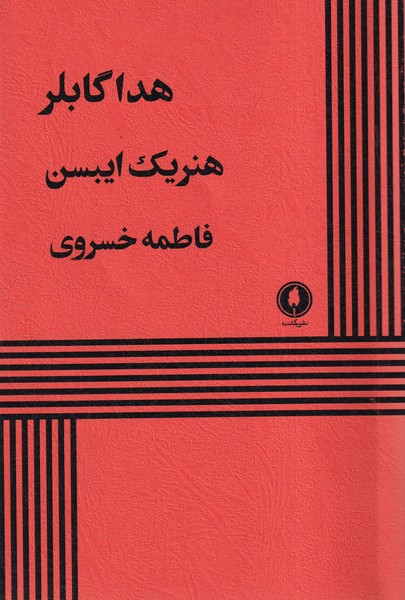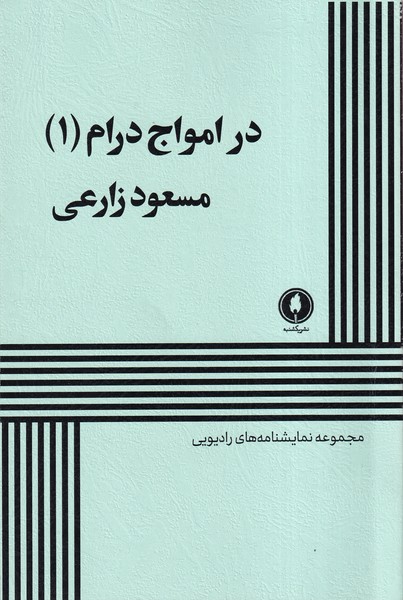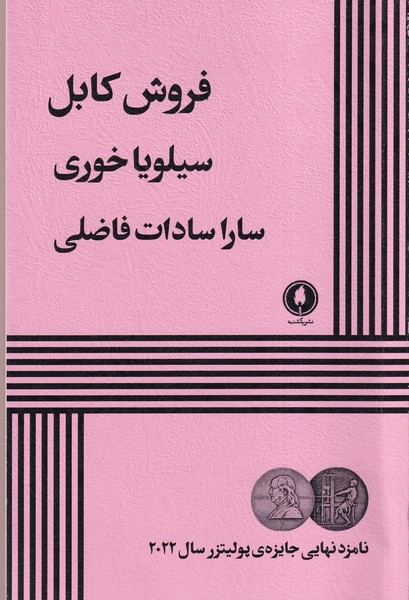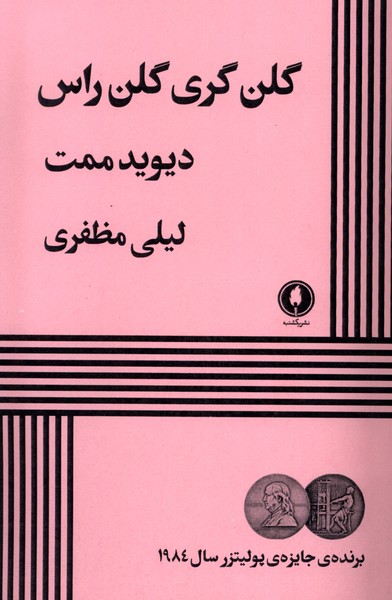Shay' Shudigī va Sinama-yi Suhrab Shahīd Sālis: Persiska (Farsi) 1404
شی شدگی و سینمای سهراب شهیدثالث
15,52 $
Dela
Wishlist
Originaltitel:
شی شدگی و سینمای سهراب شهیدثالث
ISBN:
9786008982616
Förlag:
Yakshanbah
Åldersgrupp:
Vuxen
Sidor:
71
Vikt:
72 g
Produktmått:
14 x 21 x 0
,
8 cm
Bokomslag:
Pocketbok
Although cinema in Iran, as a newly emerging and imported phenomenon, had little opportunity to connect with the social realities of its time in the first few decades of its existence, over time this connection expanded new boundaries. In addition to its impressive capacity for entertainment, fiction cinema in Iran has always been considered a suitable medium for filmmakers who were concerned with thought or had political and social commitments to showcase the so-called artistic aspect of cinema by making non-commercial works, in addition to expressing their opinions and views. The history of Iranian cinema from before the revolution to today, relying on two commercial/artistic aspects, has provided a suitable basis for social historical studies on the one hand and cinema studies on the other. In the meantime, and with the help of the political, social, and cultural conditions of the 1940s and 1950s, a movement was formed alongside the body cinema (Persian film) that was in a way opposed to the popular cinema of those days. Cinema critics, studying pre-revolutionary films, applied the term New Wave to this group of films. This title was due to the filmmakers' tendency towards a new and fresh form in their works, as well as their tendency towards different themes from what Persian film cinema dealt with. The New Wave movement had emerged through the efforts of like-minded filmmakers. Although the characteristics that placed their works under the New Wave movement were not coherent and unified, all of these filmmakers were composed of individuals who each had a specific individual approach to the art and society of their time, and were not known as New Wave filmmakers simply because they were not in line with the prevailing trend of mainstream cinema (Persian film). Sohrab Shahid Sales is also known for continuing this approach that is distinct from the cinematic trend of that era. In this research, an attempt is made to examine the concept of objectification with the Frankfurt School approach in Sohrab Shahid Sales' pre-revolutionary works and the relationship that his works create with this concept. In the works of this filmmaker, the concept of alienation and the transformation of man into a tool that can be considered a part of inanimate nature in the service of employers and those in power is depicted. The main subject of this research is to examine the reflection of the concept of objectification, meaning a person alienated from himself, in the works of Shahid Sales before the revolution within the theoretical framework of the Frankfurt School.
more
اگرچه سینما در ایران به عنوان پدیده ای نوظهور و وارداتی در چند دهه ی اول حیات خود کمتر امکان پیوند با واقعیتهای اجتماعی زمان خود را داشت به مرور زمان این پیوند مرزهای جدیدی را در نوردید. سینمای داستانی در ایران فارغ از ظرفیت چشم گیرش برای ،سرگرمی برای فیلم سازانی که دغدغه ی اندیشه ورزی و یا تعهدات سیاسی اجتماعی داشته اند نیز همواره محمل مناسبی به شمار می آمد تا با ساخت آثار ،غیر تجاری، علاوه بر بیان نظرات و دیدگاه های خود وجه به اصطلاح هنری سینما را به نمایش بگذارند تاریخ سینمای ایران از پیش از انقلاب تا به امروز با اتکاء به دو وجه تجاری / هنری زمینه ی مناسبی برای مطالعات تاریخی اجتماعی از یک طرف و مطالعات سینمایی از طرف دیگر فراهم آورده است در این میان و به مدد شرایط سیاسی اجتماعی و فرهنگی دهه 40 و 50 شمسی جریانی در کنار سینمای بدنه (فیلم فارسی) شکل گرفت که به نوعی مخالف سینمای عامه پسند آن روزها بود. منتقدین سینما با مطالعه ی فیلم های قبل از انقلاب اصطلاح موج نو را به این دسته از فیلم ها اطلاق کردند. این عنوان هم به خاطر گرایش فیلم سازها به فرمی نو و تازه در آثارشان بود و هم گرایششان به مضامین متفاوت از آنچه سینمای فیلم فارسی به آن میپرداخت جریان موج نو به همت فیلم سازانی هم فکر پدید آمده بود. اگرچه ویژگی هایی که آثار آنها را زیر مجموعه ی جریان موج نو قرار میداد منسجم و یک پارچه ،نبودند همه ی این فیلم سازان متشکل از افرادی بود که هر کدام رویکرد فردی مشخصی به هنر و جامعه ی زمان خود داشتند و تنها به این خاطر که با جریان رایج سینمای بدنه (فیلم فارسی) همسو ،نبودند با عنوان فیلم سازان موج نو شناخته شدند سهراب شهید ثالث نیز به جهت ادامه دادن همین رویکرد متمایز از جریان سینمایی آن دوران شناخته شده است در این پژوهش تلاش بر این است که مفهوم شی شدگی با رویکرد مکتب فرانکفورت در آثار پیش از انقلاب سهراب شهید ثالث و نسبتی که آثار وی با این مفهوم می آفریند مورد بررسی قرار بگیرد در آثار این فیلمساز مفهوم از خود بیگانگی و تبدیل شدن انسان به ابزاری که میتواند بخشی از طبیعت بی جان به شمار رود در خدمت کارفرمایان و قدرت مداران به تصویر کشیده شده است. موضوع اصلی این پژوهش بررسی بازتاب مفهوم شی شدگی به معنای انسان بیگانه از خود در آثار دوره ی قبل از انقلاب شهید ثالث در چارچوب نظری مکتب فرانکفورت است.
more

